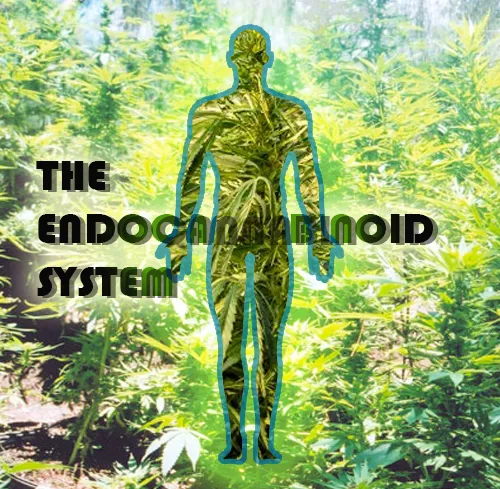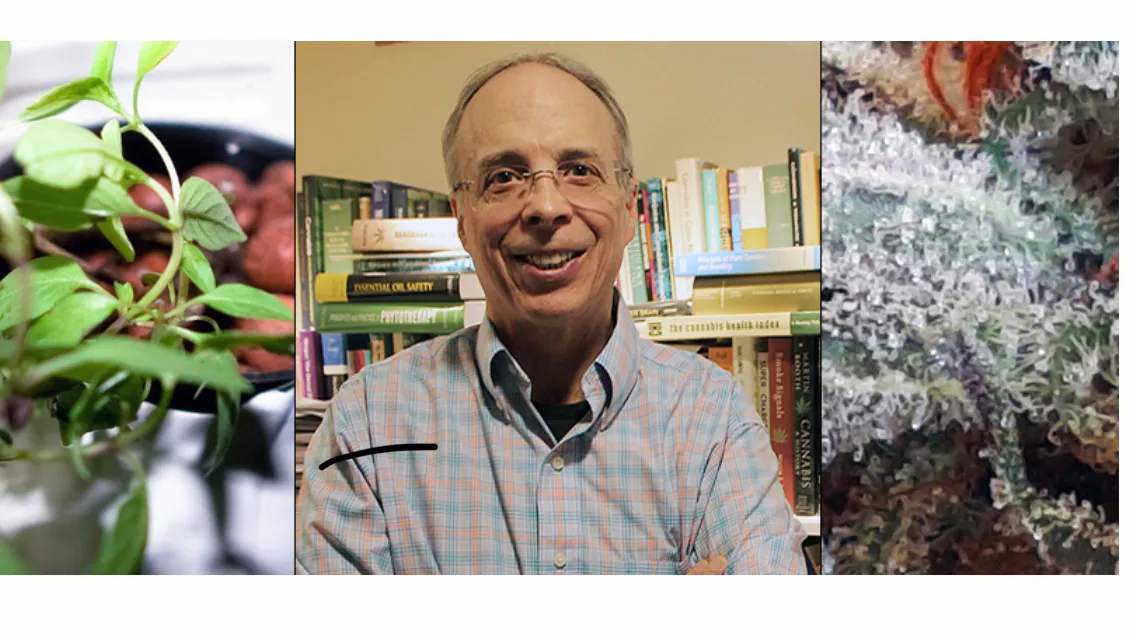Friday July 3 2020

Click here for video on Youtube
In todays report:

Researchers Are Looking At Cannabis As A Potential Way To Prevent COVID-19
In Spain
The researchers, Olga and Igor Kovalchuck have reportedly been developing and testing a novel cannabis strain for years, except with the goal of creating a strain that helps to combat cancer and inflammation. When the pandemic hit, the duo started to focus their efforts on how the strain might be used to help fight COVID-19.
https://www.ncbi.nlm.nih.gov/pmc/articles/PMC1751232/

1988: CB1 RECEPTOR
All animals with a spinal cord have CB1 receptors.
1992: ANANDAMIDE
ANANDAMIDE
Enter N-arachidonoylethanolamine, the first endogenous cannabinoid neurotransmitter identified by scientists. A neurotransmitter is a chemical that nerve cells use to send signals to other neurons. In 1992, a trio of researchers at Hebrew University in Jerusalem – Raphael Mechoulam, William Devane, and Lumir Hanus – isolated a novel lipid neurotransmitter that binds with the CB1 receptor in pig brain tissue. They called it “anandamide,”
1993: CB-2 RECEPTOR
When THC binds to CB2, it does not trigger the psychoactive high that cannabis is known for because CB2 receptors are not concentrated in the brain.
1995: 2-AG
Found in canine gut tissue, 2-Arachidonoylglycerol – or 2-AG for short – was identified as an endocannabinoid by Dr. Mechoulam and his team, and also by Japanese scientists, in 1995. Compared to anandamide, 2-AG proved to be more potent, more prevalen
2-AG levels in the brain surge after a head injury or a stroke.
1997: METABOLIC ENZYMES – FAAH AND MAGL
1998: ENTOURAGE EFFECT
The phrase “entourage effect” first appeared in a July 1998 science paper by S. Ben-Shabat and several colleagues. Published in the European Journal of Pharmacology, the article focused on 2-AG and “a
Just as endocannabinoids don’t act in isolation, neither do plant cannabinoids. The effects of THC and CBD are influenced by dozens of aromatic terpenes, flavonoids, and minor cannabinoids that may be present in a given cultivar.
2004: CLINICAL ENDOCANNABINOID DEFICIENCY

Dr. Ethan Russo, a neurologist and cannabinoid scientist, introduced the concept of “clinical endocannabinoid deficiency” in 2004. He hypothesized that diminished endocannabinoid function is at the root of several pathologies. Russo specifically
https://pubmed.ncbi.nlm.nih.gov/15159679/
2009: FATTY ACID BINDING PROTEINS
https://pubmed.ncbi.nlm.nih.gov/7689702/
But within months, after the September rally had come and gone, he was back, voted in again by the remnants of MassCann’s dwindling membership. By then, scores of more progressive members had already walked away in disgust.

https://m.facebook.com/story.php?story_fbid=10157654161393435&id=78572768434
Racioppi had an ally in Bill Flynn, MassCann's embattled president, who received a vote of no confidence from the board for bullying behavoir and dictatorial leadership. His effort to kabosh Black Lives Matter from being part of the Educational Village program at the September 19 Freedom Rally, if it takes place, was counter-productive, several board members complained. Plus, Flynn attempted to prevent the July 1 meeting from taking place. Now, it's up to the membership to vote him out.
MassCann has work to do. With Racioppi jettisoned and Flynn likely to follow, they should be replaced with people of color. Currently, the seven-person board is white.
Dan "week in weed" Adam's take on it.
